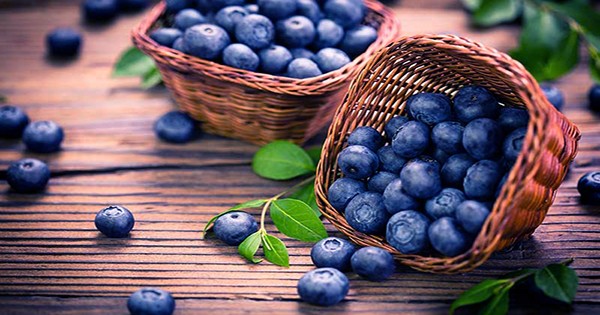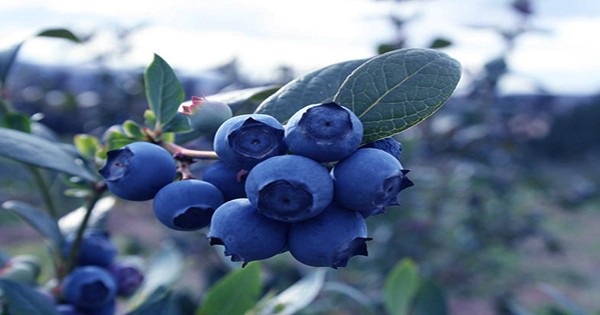Abig-ass fruit has just become the world’s biggest blueberry, weighing 20.40 grams (0.71 ounces) and measuring 39.31 millimeters (more than 1.5 inches) in circumference.
The ping pong ball-sized berry was collected in November 2023 at Costa Group’s farm in Corindi, New South Wales, Australia.
They submitted the unusual fruit to Guinness World Records, which just certified it as the largest blueberry ever recorded, surpassing a 16.20-gram (0.57-ounce) blueberry harvested in Western Australia in 2020.
It is part of the Eterna blueberry variety, which is distinguished by its long shelf life and enormous fruit size. However, even by their lofty standards, this individual berry was particularly large.

“Eterna, as a cultivar, has a fantastic flavor and reliably huge fruit. “When we picked this one, there were probably about 20 other berries of a similar size,” said Brad Hocking, Senior Horticulturalist at Costa Group.
“This is a delicious piece of fruit.” While the fruit is enormous, there is no sacrifice in quality or flavor, as one would expect when breeding a premium variety blueberry,” Hocking noted.
A berry is a fleshy fruit that contains a large number of seeds. That means avocados, tomatoes, bananas, and oranges are all considered berries.
While a massive strawberry weighing 289 grams (10.19 ounces) was grown in 2021, strawberries are not truly botanical fruits. Botanists refer to them as “false fruit” because they are composed of several tiny individual fruits implanted in a swelling receptacle tissue.
The world’s biggest fruit is a pumpkin weighing 1,226 kilograms (2,702 pounds), which is more than a small automobile.
Pumpkins are officially a fruit. Fruits are seed-bearing structures that develop from a flowering plant’s ovary, whereas vegetables are any edible part of a plant that isn’t a fruit, such as its leaves (like lettuce and cabbage), roots (carrots and radish), tubers (potatoes), or bulbs (like onions and garlic).













